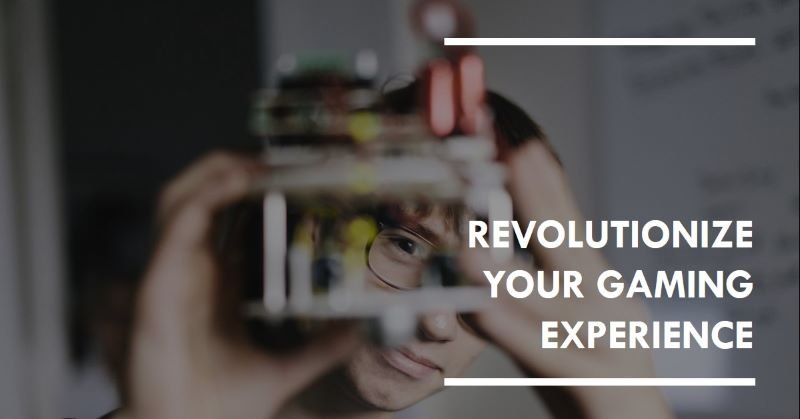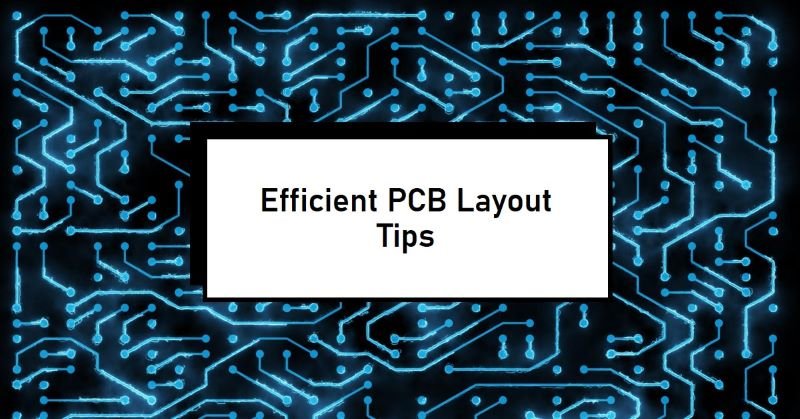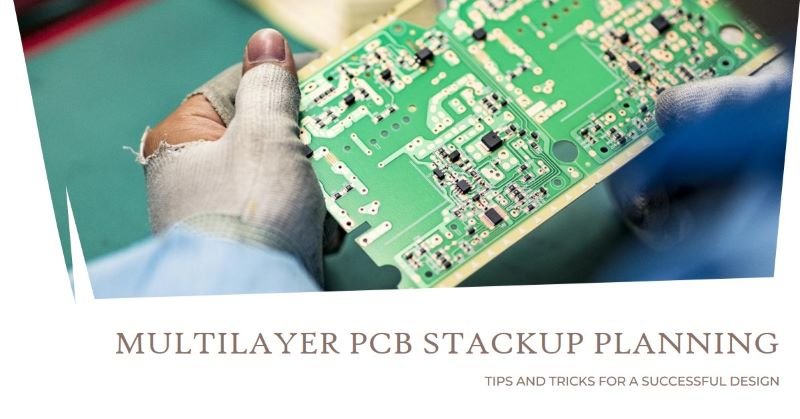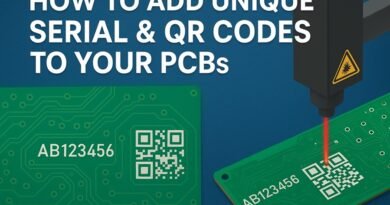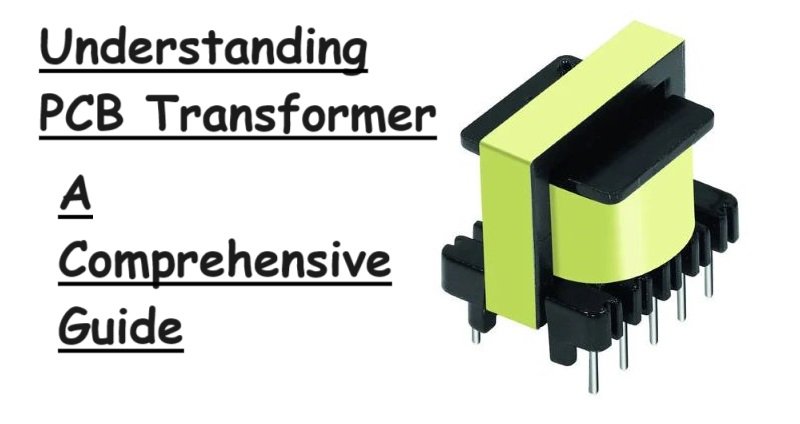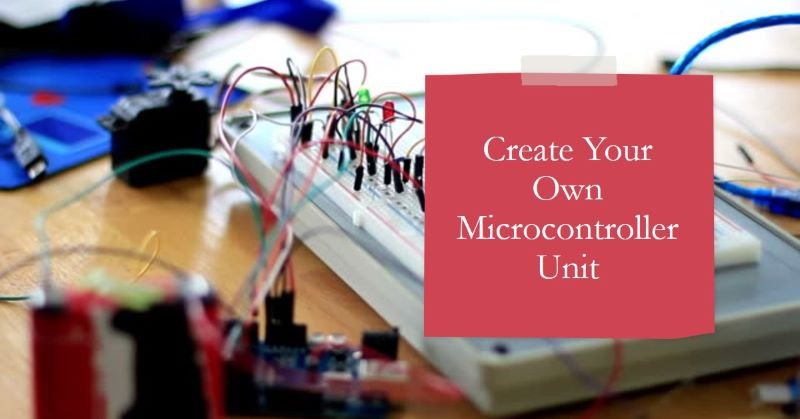PCB Design of VR Game Controller
In recent years, virtual reality (VR) gaming has taken the world by storm, providing gamers with immersive and realistic experiences. One crucial component of the VR gaming experience is the VR game controller. The design of the printed circuit board (PCB) for a VR game controller plays a significant role in ensuring a seamless and responsive gaming experience. In this blog post, we will explore the importance of PCB design in VR gaming technology and the key considerations for designing a PCB for a VR game controller.
Intro to VR Gaming Technology
Virtual Reality (VR) gaming has revolutionized the way we experience video games. It immerses players in a virtual world, allowing them to interact with their surroundings and characters in a way that feels incredibly real. This technology has come a long way in recent years and it continues to evolve and improve.
VR gaming relies on a combination of hardware and software to create a truly immersive experience. The hardware includes a VR headset, which typically consists of a high-resolution display and sensors that track the user’s head movements. The software includes the games and applications that are designed specifically for VR.
Benefits of PCB Design for VR Controllers
Let’s see the benefits of PCB Design for VR Controllers:
- Optimized Performance: PCB design ensures that the VR game controller operates at its optimal performance level. The layout of the PCB is carefully designed to minimize signal interference and noise, resulting in a smooth and responsive gaming experience. The use of high-quality components and circuitry in the PCB design ensures that the controller can handle the demanding requirements of VR gaming.
- Compact and Lightweight: PCB design allows for the creation of compact and lightweight VR game controllers. The use of a PCB eliminates the need for bulky and cumbersome wiring, making the controller more comfortable to hold and use. The compact size and lightweight nature of the controller enhance the overall VR gaming experience, allowing users to move freely without any hindrance.
- Customization: PCB design provides the flexibility to customize the VR game controller according to the specific requirements of the user. Different types of sensors, buttons, and triggers can be integrated into the PCB design, allowing for a personalized gaming experience. The customization options offered by PCB design enable game developers to create unique and innovative VR games that cater to the preferences of different users.
- Reliability and Durability: PCB design ensures the reliability and durability of VR game controllers. The use of high-quality materials and manufacturing processes in the PCB design results in a robust and long-lasting controller. The PCB design also incorporates features such as heat dissipation and protection against electrical surges, ensuring the longevity of the controller even during intense gaming sessions.
- Energy Efficiency: The layout of the PCB is designed to minimize power consumption, resulting in longer battery life for the controller. This is particularly important for wireless VR game controllers, as it allows users to enjoy extended gaming sessions without the need for frequent recharging.
The Role of PCB Design in VR Gaming
PCB design is crucial for the smooth functioning of a VR game controller. It involves designing the circuitry and layout of the PCB to ensure optimal performance and compatibility with VR gaming systems. Here are a few key reasons why PCB design is essential in VR gaming technology:
1. Responsiveness and Precision
A well-designed PCB ensures that the VR game controller responds accurately to the user’s movements, providing a seamless and immersive gaming experience. The PCB layout should be optimized to minimize latency and maximize the precision of the controller’s tracking and input capabilities.
2. Compatibility and Interoperability
VR gaming systems often require compatibility with various platforms and devices. A carefully designed PCB ensures that the VR game controller can communicate effectively with different VR headsets, gaming consoles, and PCs, ensuring a wide range of compatibility and interoperability.
3. Power Efficiency
Efficient power management is crucial in VR gaming technology to ensure long battery life and uninterrupted gameplay. PCB design plays a vital role in optimizing power distribution and minimizing power consumption, allowing gamers to enjoy extended gaming sessions without interruptions.
Key Considerations for PCB Design of VR Game Controllers
Designing a PCB for a VR game controller requires careful consideration of various factors. Here are some key considerations to keep in mind:
1. Sensor Integration
VR game controllers often incorporate various sensors, such as accelerometers, gyroscopes, and magnetometers, to track the user’s movements accurately. The PCB design should accommodate these sensors and ensure their proper integration with the controller’s circuitry.
2. Signal Integrity
Ensuring signal integrity is crucial for maintaining the accuracy and responsiveness of the VR game controller. The PCB layout should minimize signal interference, noise, and cross-talk to ensure reliable communication between the controller and the gaming system.
3. Compact Size
VR game controllers need to be compact and lightweight to provide a comfortable gaming experience. PCB design should focus on minimizing the size and weight of the controller while still accommodating all the necessary components and circuitry.
4. User Interface
The PCB design should consider the user interface elements of the VR game controller, such as buttons, triggers, and touchpads. These elements should be positioned ergonomically and integrated seamlessly with the PCB layout to provide intuitive and responsive user interactions.
5. Firmware and Software Integration
PCB design should also consider the integration of firmware and software components. The PCB layout should accommodate the necessary connectors, microcontrollers, and memory modules required for firmware and software updates, ensuring the VR game controller’s compatibility with future updates and enhancements.
Designing a PCB for a VR Game Controller: A Step-by-Step Guide
Let’s discuss about the steps involved in designing a PCB (Printed Circuit Board) for a VR (Virtual Reality) game controller. By following these steps, you can ensure a successful PCB design for your VR game controller.
Step 1: Define the Requirements
The first step in designing a PCB for a VR game controller is to clearly define the requirements and specifications. This includes determining the functionality, features, and performance expectations of the controller. Consider aspects such as the number and type of buttons, sensors, connectivity options, and power requirements. It is essential to have a clear understanding of what the controller needs to do before moving on to the design phase.
Step 2: Schematic Design
Once the requirements are defined, the next step is to create a schematic design. A schematic is a visual representation of the electrical connections and components used in the controller. Use a PCB design software to create the schematic, and ensure that all the necessary components are included. Pay attention to the placement and orientation of components to optimize the PCB layout for later stages.
Step 3: PCB Layout Design
With the schematic design in place, it’s time to move on to the PCB layout design. This involves placing the components on the PCB and routing the electrical connections between them. Consider factors such as signal integrity, power distribution, and thermal management during the layout process. Use the design software’s tools and features to optimize the layout for efficient and reliable operation.
Step 4: Component Selection
Choosing the right components is imp for the performance and functionality of the VR game controller. Consider factors such as compatibility, reliability, and availability when selecting components. It is also important to ensure that the selected components meet the electrical and mechanical requirements of the controller. Collaborate with suppliers and consult datasheets to make informed decisions about component selection.
Step 5: Design Validation and Testing
Once the PCB layout is complete, it is essential to validate the design and conduct thorough testing. Use simulation tools to analyze the electrical performance of the controller and identify any potential issues or improvements. Prototype the PCB and perform functional testing to ensure that the controller meets the defined requirements. Make necessary adjustments and iterations based on the test results.
Step 6: Manufacturing and Assembly
After the design is validated, it is time to move on to the manufacturing and assembly stage. Generate the necessary manufacturing files from the PCB design software, including Gerber files for PCB fabrication. Choose a reliable PCB manufacturer and provide them with the manufacturing files. Once the PCBs are fabricated, assemble the components onto the PCBs, either manually or through automated assembly processes.
Step 7: Testing and Quality Assurance
Once the PCBs are assembled, it is crucial to conduct rigorous testing and quality assurance procedures. Test the functionality of the VR game controller and ensure that all the features and components are working as intended. Perform tests for durability, reliability, and performance under different conditions. Address any issues or defects discovered during testing and make necessary improvements.
Step 8: Documentation and Documentation
Finally, document the entire PCB design process, including the schematics, layout files, test results, and any other relevant information. This documentation will be valuable for future reference, troubleshooting, and potential design iterations. Additionally, create a user manual or assembly guide for the VR game controller to assist users in understanding its functionality and operation.
Development Case of VR Game Controller
Manus VR Gloves are available in three main models: Manus Prime One, Manus Prime Xsens, and Manus Prime Haptic.
Manus VR Gloves

Manus VR Gloves represent a groundbreaking approach to virtual reality immersion. By donning these gloves, users can engage with the digital realm as if it were tangible. Offering an immersive experience comparable to traditional VR setups, these gloves integrate sensors that enable remarkably accurate movements and tracking, fostering a genuine sense of presence in the virtual environment. Moreover, their ergonomic design ensures comfort during prolonged usage, thanks to lightweight materials ideal for extended gaming sessions. Manus VR Gloves present an exhilarating avenue for delving into virtual reality, democratizing access to this captivating technology for all.
Conclusion
In conclusion, The PCB design of a VR game controller is a critical aspect of VR gaming technology. It ensures responsiveness, compatibility, power efficiency, and overall performance of the controller. By considering factors such as sensor integration, signal integrity, compact size, user interface, and firmware/software integration, PCB designers can create VR game controllers that provide gamers with an immersive and enjoyable gaming experience. As VR gaming continues to evolve, PCB design will play an increasingly important role in shaping the future of VR gaming technology.
